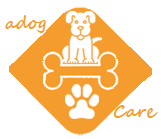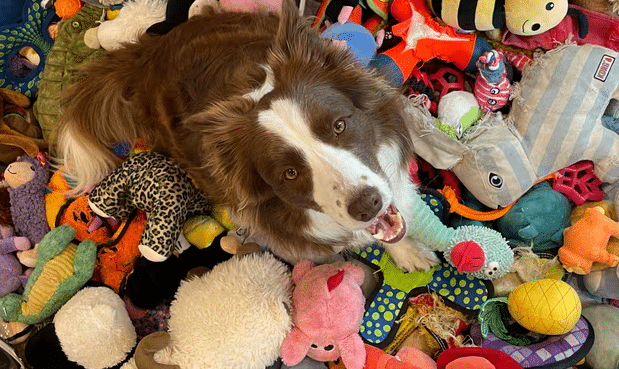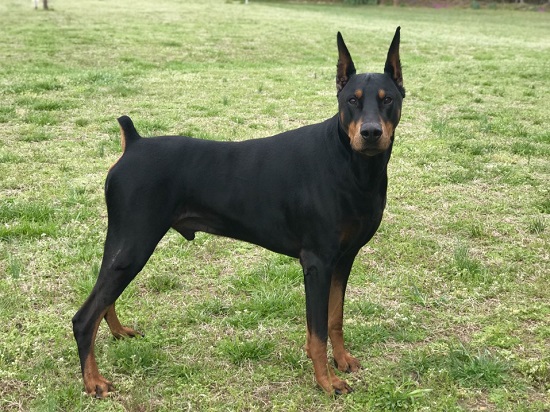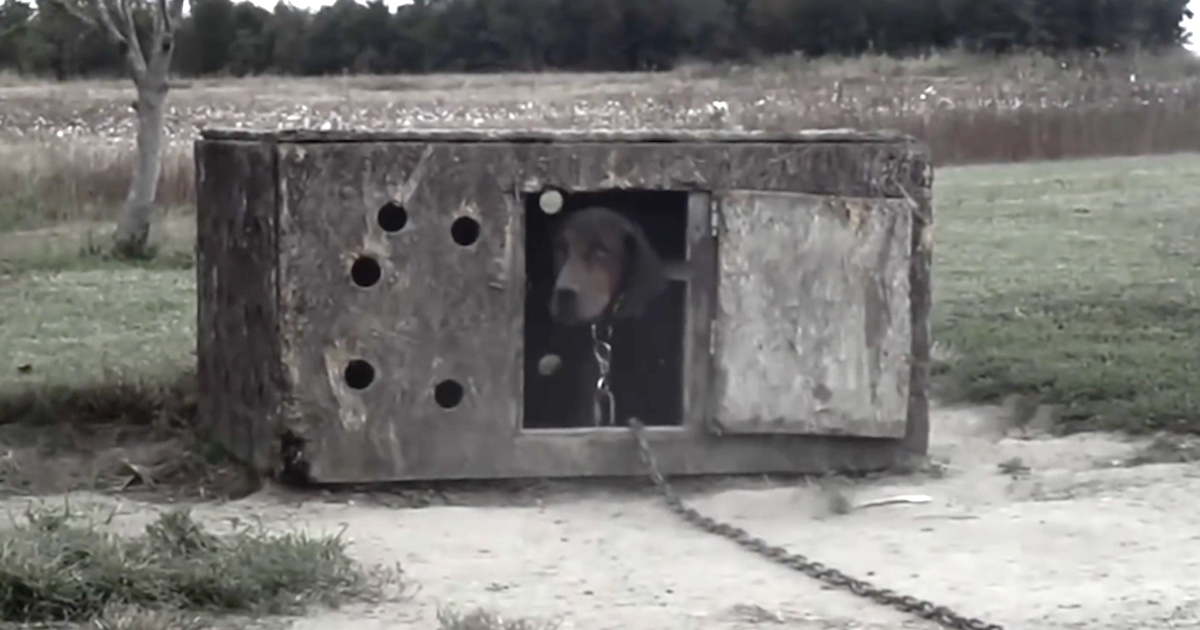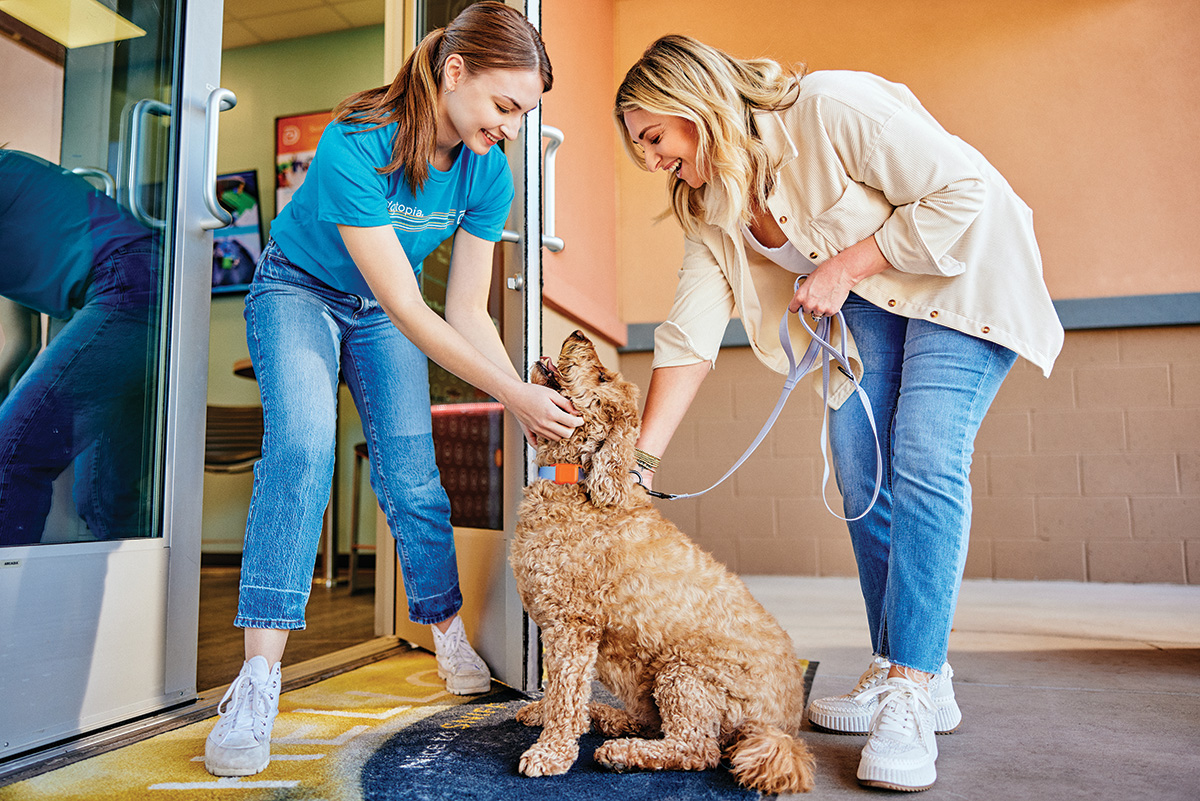A wagging tail is a sign of a happy dog. However, it can also be excruciating. After all, too much of anything is never good. Dogs experience a painful condition called ‘Happy Tail Syndrome,’ in which they wag their tail vigorously, leading to the skin splitting open.
Despite its cheerful name, the syndrome can bring significant discomfort to your pet, and it is essential to provide treatment to avoid pain and complications for your pet. It is advisable to prevent situations and be aware of the preventive measures to keep your dog happy and its tail healthy and waggy.
What is Happy Tail Syndrome?
Happy Tail Syndrome occurs in dogs when they wag their tails too vigorously, causing the tail to hit hard surfaces like walls, furniture, or even outdoor objects like trees and split open. Over time, this leads to the tail to gangrene.
With pain and difficulty in healing, this condition also leads to sores, hair loss, and even bleeding. The condition is common in long, slender, and short-haired dogs like Greyhounds, Great Danes, Labrador Retrievers, and working breeds.
Signs and Symptoms
Key symptoms of Happy Tail Syndrome include sore tail tips, hair loss, broken skin, and bleeding. These signs indicate that the tail has sustained repeated trauma and requires attention to avoid further damage.
How is Happy Tail Syndrome Treated?
Treating Happy Tail Syndrome can also be challenging due to the tail anatomy. While your dog’s tail may seem like a muscle or cartilage, it comprises a string of small bones, including 6 to 23 highly mobile vertebrae. This anatomy makes it more difficult to treat any injury on the tail.
To treat injuries, clean with saline or wound cleanser, apply ointment, and use hydrophilic gel or antimicrobial dressings. Secure with an elastic bandage or Vetwrap, ensuring it is not overly tight to prevent problems with blood flow. However, bandaging can be challenging, as the tail may move frequently, disturbing the dressing. Ensuring that bandages don’t stick to the wound is essential for proper healing.
Preventive Measures
Preventing Happy Tail Syndrome is crucial by reducing the risk of your dog’s tail hitting hard surfaces. Removing furniture from your dog’s most active areas or covering corners and edges with foam padding are preventive measures. However, these adjustments may not always be feasible for homes with limited space.
Many dog owners have become creative in protecting their dog’s tail. Methods such as wrapping the tail with foam pipe insulation, toilet paper rolls, or heavy socks are often employed. Some solutions also include using children’s pajamas or tapping the tail to the thigh, which can help protect the tail. However, too much padding can turn your dog’s tail into a toy for some dogs, worsening the problem.
When to Consider Amputation
Some dogs face constant wound reopening, leaving limited options. In severe cases where the wound doesn’t heal, or gangrene sets in, amputation might become necessary. Some owners opt for tail docking to prevent future issues, but this surgery requires careful consideration and veterinary advice.
Owner Responsibility
Owner compliance in changing the environment and ensuring proper wound care is crucial for preventing recurrence. While painful and often difficult to treat, Happy Tail Syndrome can be managed with patience, care, and preventive measures.
Making small changes to a dog’s environment and using creative methods to protect their tail can significantly improve Happy Tail Syndrome. Consult a vet for the best treatment plan for keeping that tail wagging happily and safely.
Note: This article provides general guidance, not professional advice. Laws and situations vary, so seek advice from qualified professionals.
